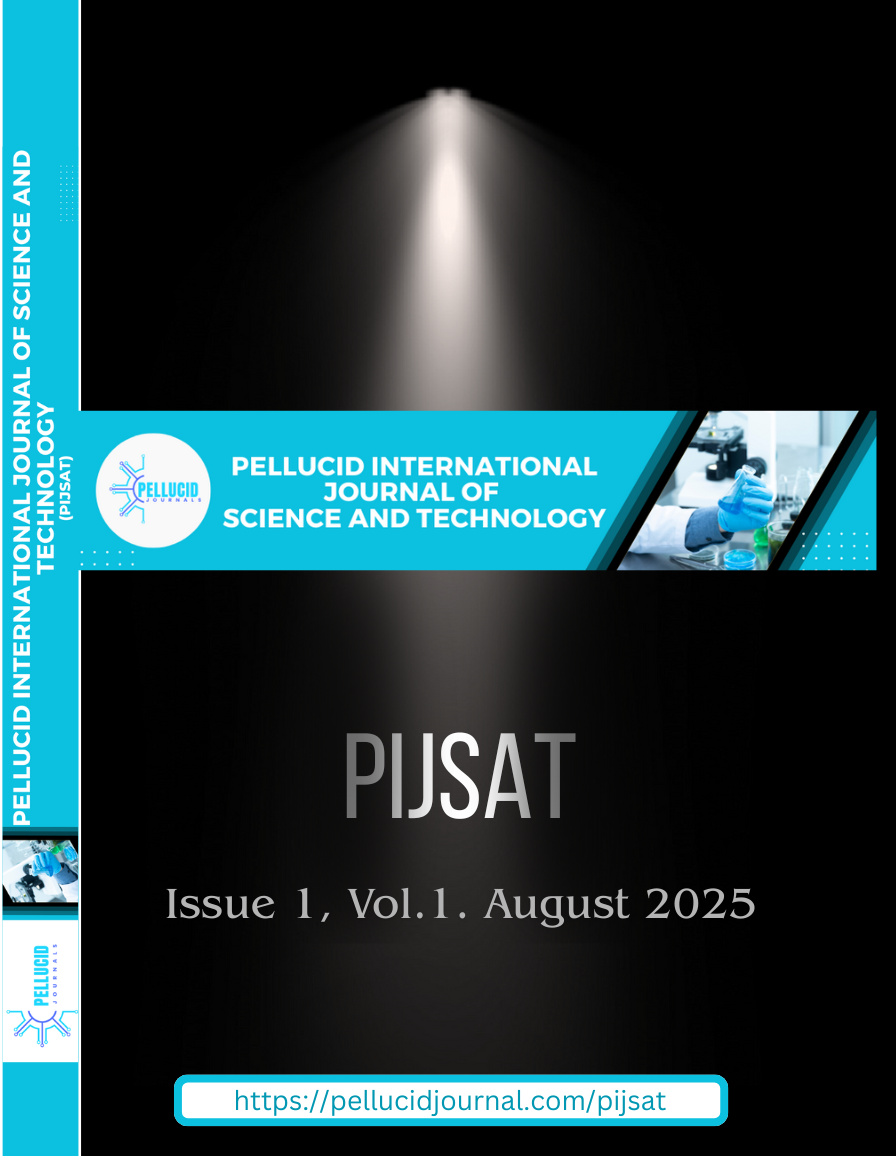GAS CHROMATOGRAPHY-MASS SPECTROSCOPY (GC-MS) ANALYSIS ANDINSECTICIDAL EFFECTS OF METHANOL WOOD ASH EXTRACTS OFAZADIRACHTA INDICA AND ELAEIS GUINEENSIS ON CEROTOMA TRIFURCATA
Keywords:
GC-MS, A. indica- E. guineensis, Cerotoma trifurcata, Phaseolus vulgarisAbstract
The black turtle bean is a popular plant protein food cultivated in large quantity in the agro-ecological zone and bean leaf beetles pose a significant threat to its growth. The aim of the study was to evaluate the phytochemicals in the methanol wood ash extracts of Azadirachta indica and Elaeis guineensis and their effectiveness against Cerotoma trifurcate. Methanol extracts of A. indica and E. guineensis were analyzed for identification of phytochemical compounds by using GC-MS analysis. The result showed that alkaloids, flavonoids, glycosides, phenols, quinons, saponins, steriods and tannins compounds were found in both A. indica- and E. guineensis. Quantitative analysis showed that 28 bioactive components present in S. acuta were dominated by 11-Octadecenoic acid (33.38%), 9,12-Octadecadienoic acid, methyl Ester (21.45%) and Hexadecanoic acid (14.54%). E. guineensis revealed 26 bioactive compounds. 1,2-Benzisothiazol-3-amine (30.34%), 9-Octadecenoic acid (22.81%), and 6-Octadecenoic acid (11.37%) were dominant. Four plots of black turtle beans farms, each measuring 24.38 m by 12.19 m were used. Black turtle beans were sown two seeds per hole with 54 cm space between rows and 22 cm apart between plants. Three treatment plots (1, 2 and 3) and one control plot (4) were replicated three times. Among the treatment plots, the highest and lowest yields of black turtle beans were respectively recorded in A. indica (56.83 kg) and MAiEg (29.89 kg). A. indica drastically reduced the number of bean leaf beetle more than the other two formulations. It is concluded that biopesticide from these two botanicals could be utilized for their efficacy against various pests of Phaseolus vulgaris.






